- FiberMall

Harry Collins
Answered on 7:03 am
Yes, but you need to use a specific fiber optic transceiver and cable, as well as a port split configuration on the switch side.
OSFP and QSFP112 are both fiber optic transceivers that support 400G data rates, but they have different sizes and interfaces. The OSFP transceiver can split a 400G signal into four 100 Gb/s signals or combine four 100 Gb/s signals into a single 400 Gb/s signal, while the QSFP112 transceiver can split a 400 Gb/s signal into two 200 Gb/s signals or combine two 200 Gb/s signals into a single 400G signal. The QSFP112 transceiver can split a 400 Gb/s signal into two 200G signals or combine two 200G signals into a 400 Gb/s signal.
Therefore, to realize the connection of OSFP on the server side and QSFP112 on the switch side, you need to use a 1-to-2 cable. One end of the cable has an OSFP interface, and the other end has two QSFP112 interfaces, so that the 400G signal from the OSFP transceiver can be split into two 200 Gb/s signals, and then connected to the two QSFP112 transceivers respectively.
At the same time, you need to do port splitting configuration on the switch side to split one NDR port into two NDR200 ports.
In this way, data communication between the server and the switch can be realized.
People Also Ask
Related Articles

800G SR8 and 400G SR4 Optical Transceiver Modules Compatibility and Interconnection Test Report
Version Change Log Writer V0 Sample Test Cassie Test Purpose Test Objects:800G OSFP SR8/400G OSFP SR4/400G Q112 SR4. By conducting corresponding tests, the test parameters meet the relevant industry standards,
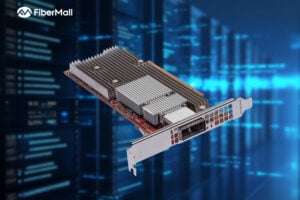
Broadcom Launches the Industry’s First 800G AI Ethernet NIC: Thor Ultra, Fully Compliant with UEC Standards
In a groundbreaking move for AI networking, Broadcom has unveiled the Thor Ultra, the industry’s first 800G AI Ethernet network interface card (NIC) chip that fully complies with the Ultra
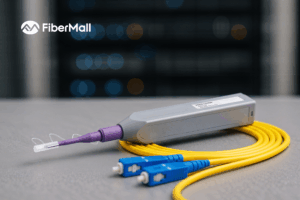
Essential Fiber Cleaners and Tools from FiberMall: Your Complete Guide to Maintaining High-Performance Networks
In the fast-paced world of data centers, cloud computing, enterprise networks, and telecommunications, reliable fiber optic connections are the backbone of seamless data transmission. However, even the most advanced fiber

Meta’s GB300 Liquid-Cooled AI Server: Clemente (1U 4xGPU) – Revolutionizing AI Infrastructure
In the fast-evolving world of AI data centers, liquid-cooled servers are the backbone of high-performance computing. If you’re exploring cutting-edge solutions for cloud computing, enterprise networks, or AI-enabled environments, Meta’s
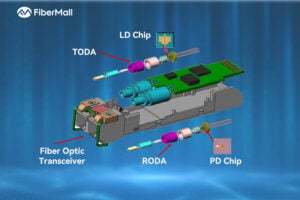
Optical Modules and PCBs: Driving High-Speed Data Transmission in the AI Era
In the fast-paced world of data communication, the demand for efficient, high-bandwidth solutions has never been greater. As AI-driven applications and massive data processing push the boundaries of network performance,
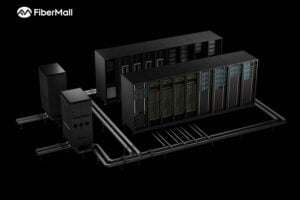
Hotchip 2025 Day 0 Tutorials: Essential Insights on AI Workloads, Rack Architectures, and Custom GB200 Solutions
In the ever-evolving world of AI and data center technologies, Hotchip 2025 kicked off with an enriching Day 0 Tutorials lineup. As a staple event in the industry, this year’s
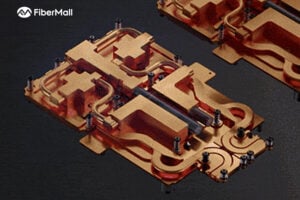
Deep Dive into NVIDIA GB200 Liquid Cooling Plate Design: Advanced Liquid Cooling for AI Chips
Next-generation AI chips like NVIDIA’s GB200 are pushing the boundaries of performance. But this immense power comes at a cost: staggering heat generation. A single GB200 chip package consumes up
